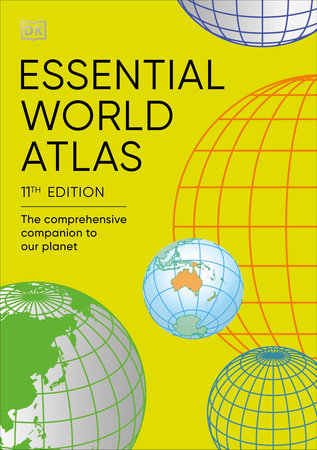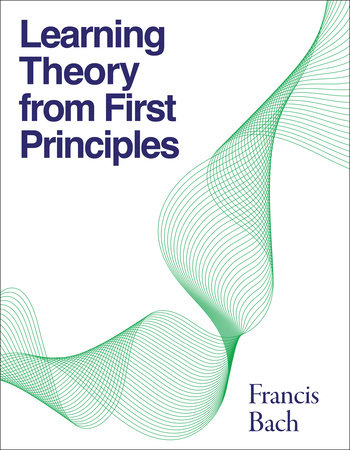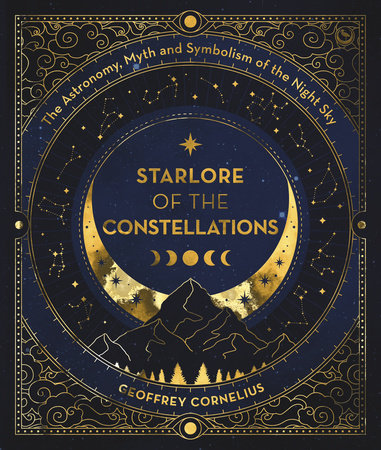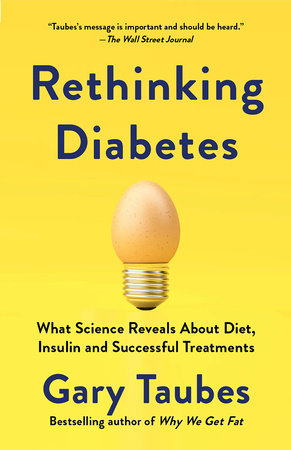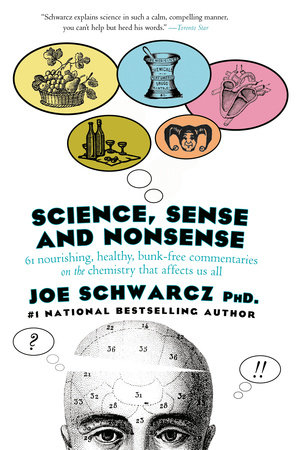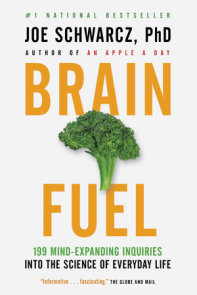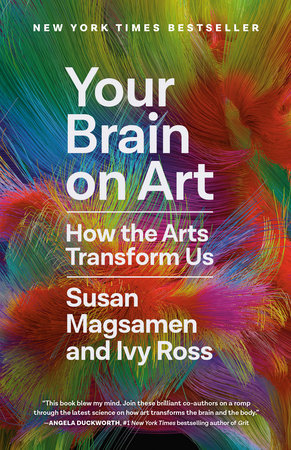A Case for Vaccination
AVOID! One of the most common words of advice heard these days. Avoid tap water. Avoid bottled water. Avoid butter. Avoid margarine. Avoid the sun. Avoid sweeteners. Avoid genetically modified foods. Avoid plastic bags. Avoid paper bags. Avoid preservatives. Avoid dairy. Avoid meat. Avoid soy. Avoid— ah, never mind. I could go on and on with a litany of such “avoids.” There are some valid points to be made with some of these, but there is one avoid that I cannot stomach. Advising parents to avoid childhood vaccination is scientifically unjustified and dangerous.
Vaccination just may be the most significant medical advance in history. It is difficult to estimate the number of lives saved, but it is in the many millions, to say nothing of the countless number of people who have been spared the misery of mumps, measles, whooping cough and polio. I can vouch for the agony of whooping cough myself. Feeling as if you are going to cough your lungs out is a memory that doesn’t leave you easily. I survived, but one of my classmates in grade two did not. And how often can one say that a disease has been completely wiped off the face of the Earth by a medical intervention? The last case of smallpox was recorded in 1978. The World Health Organization estimates that smallpox killed as many as 500 million people in the twentieth century and that as recently as 1967 it was responsible for two million annual deaths.
Other vaccines may not have eradicated diseases, but they have curbed their incidence very significantly. Cases of whooping cough in North America have declined from a pre-vaccination peak rate of about 300,000 per year to 10,000. Measles from a million cases a year to a hundred. Diphtheria and polio are almost nonexistent today in developed countries. The incidence of hepatitis B and tetanus have been reduced by a factor of forty, rubella by two hundred and mumps by four hundred. The effectiveness of immunization is simply beyond argument. How can there be an issue here? How can some parents choose not to vaccinate their children?
It really is a conundrum. But the answer likely lies in a growing distrust of the “medical establishment,” a discredited but widely publicized scientific study, inaccurate information being spread on the Internet, and a lack of understanding of the difference between an association and a cause-and-effect relationship. Although we may not think of it in such terms, the decisions we make in life often come down to a risk-benefit analysis. Whether it is flying in airplanes, eating smoked meat, taking cholesterol lowering medication, or vaccination, there are always pluses and minuses to consider. There is no denying that immunization does come with some risk. Rashes, joint pain and fever are well documented, as are occasional lapses in the speed with which safety issues concerning vaccines have been addressed. Oral polio vaccines, which were more convenient to administer than the injected form, were responsible for actually causing the disease in rare cases. Yet some twenty years were allowed to pass before switching back to the safer, injectable form. An infant vaccine against an intestinal infection that struck roughly four million babies a year in North America was found to cause an increase in life-threatening cases of bowel collapse and had to be abandoned. Although there is no scientific evidence linking the mercury-containing preservative thimerosal to any disease, it probably should have been removed from vaccines more speedily when ill effects attributed to mercury in other contexts became apparent.
Vaccines, in a sense, are becoming victims of their own success. As memories fade of the horrors of the original diseases that they prevent, more attention is being focused on possible harmful side effects. Indeed, one can judge the progress of society by looking at its worries. Instead of having to be concerned about millions dying from smallpox or coming down with measles or whooping cough, we worry about the possibility of vaccination being linked with some cases of autism. That suggestion was raised in 1998 by a paper published in the British medical journal The Lancet. Andrew Wakefield and twelve colleagues claimed that the measles, mumps and rubella vaccine (MMR) caused a bowel disease that then caused autism.
The report received extensive publicity and triggered public demonstrations against mandatory vaccination. Most scientists were skeptical of the Wakefield study, and their skepticism was borne out by the results of an investigation published in 2002 in the New England Journal of Medicine. Danish researchers had examined immunization records and autism diagnoses for all children born between 1991 and 1998 and found that unvaccinated children were just as likely to be diagnosed with autism as those who had received immunizations. The Lancet study was further discredited when it was revealed that Wakefield had failed to disclose he had received a large grant from a group of lawyers who were looking for ammunition in a lawsuit against vaccine manufacturers. In the end, ten of Wakefield’s co-authors retracted their support for the original research, saying that in retrospect the results as reported were not valid.
Other studies around the world also refuted the link between vaccines and autism, but a vocal group of anti-vaccine advocates maintains that a witch hunt has been organized against Wakefield to protect vaccination interests. Humbug. The fact is that autism commonly shows up at roughly the same age that vaccines are given, and an association can readily be mistaken for a cause-and effect relationship. But even if there really were a link between autism and vaccination, the anti-vaccine movement would still not be justified. The benefits overwhelm the risks.
In Britain, the consequences of the vaccine scare are already being seen in rising rates of mumps, rubella and measles. And Britain faces another problem: homeopaths are recommending that tourists travelling to malaria-stricken destinations use homeopathic remedies instead of well-tested prescription prophylaxis. This is ludicrous. Homeopathic products contain no active ingredient of any kind, so it comes as no surprise that a number of travellers have already paid for their folly with their health. Many homeopaths also advise their patients to avoid vaccines in lieu of a cacophony of implausible homeopathic medications. If indeed you are looking for something to avoid, how about this silly and dangerous advice?
Inspector Kody possesses the appropriate equipment. This canine detective was rescued from a dog pound by Michael Goldman, who runs a pest control company in Toronto. The dog nobody wanted has become a celebrity by nosing out bedbug infestations with an astounding 95 per cent accuracy rate. Human pest-management professionals usually will do no better that 35 per cent. Kody comes into a room, sniffs around and sits down wherever there is bedbug activity. And this isn’t necessarily the mattress – bedbugs can squeeze into the smallest cracks and hide in floors, headboards, electrical outlets, drawers, clothes and luggage. In fact, it is their astonishing ability to hide almost anywhere that has resulted in bedbugs making a startling comeback after being almost eradicated in the 1950s.
Back then, if you had an insect infestation problem, you sprayed with insecticides, which were regarded as marvellous chemicals capable of putting an end to the insect scourge that had plagued humanity throughout its history. DDT was particularly effective, and in North America, at least, put the bedbug problem to bed. But then environmental and health issues began to cloud the pesticide picture, DDT was banned and other pesticides became more carefully regulated. At the same time, international travel and trade became more popular, making conditions ripe for a bedbug comeback. Stowed away in the nooks and crannies of luggage, hiding in the folds of imported clothes or tucked into cozy cracks in foreign-made furniture, bedbugs, which can go for months without food, headed to America. And they found refuge in our homes and hotels.
Now, don’t start thinking rundown homes and flophouses. Bedbug infestation is not a sign of lack of sanitation. A few hitchhiking bugs on a piece of luggage can convert a luxury hotel room into an all-you-can-eat bedbug buffet. And they can send hotel managers scurrying for a pest-control professional. There’s no sense trying amateur techniques. Household insecticides are no match for bedbugs, and locating the insects calls for an extremely thorough professional inspection. Mattress seams, bed frames, furniture, baseboards, phone jacks, television sets, picture frames, curtains, carpets and even stuffed animals have to be examined for the bugs themselves or for telltale signs of activity such as fecal spots and cast-off skins. As soon as a hotbed is found, it has to be dealt with before the bugs can escape.
An experienced pest-management professional will start by using a vacuum and a steamer to cut into bedbug populations. Infested articles can also be treated with dry heat or freezing temperatures, but this requires a couple of hours at 45 degrees Celsius or several days at minus-5 degrees Celsius. But none of these treatments provide residual protection, which requires that appropriate insecticides be applied.



